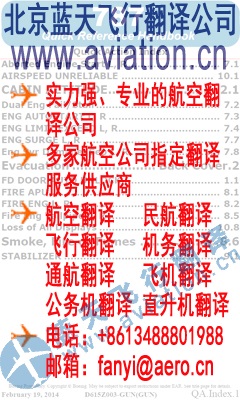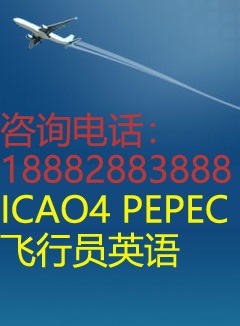|
To view this page ensure that Adobe Flash Player version 9.0.124 or greater is installed. 1. Apply full rich mixture. 2. Use full carburetor heat. 3. Reduce power to set up a 500 to 800 ft/min rate of descent. 4. Adjust the elevator trim and rudder trim (if installed) for stabilized descent at 70-80 KIAS. 5. Keep hands off the control wheel. 6. Monitor turn coordinator and make corrections by rudder alone 7. Check trend of compass card movement and make cautious corrections with rudder to stop the turn. 8. Upon breaking out of clouds, resume normal cruising flight. RECOVERY FROM A SPIRAL DIVE If a spiral is encountered, proceed as follows: 1. Close the throttle. 2. Stop the turn by using coordinated aileron and rudder control tc align the symbolic airplane in the turn coordinator with the horizon reference line. 3. Cautiously apply elevator back pressure to slowly reduce the airspeed to 80 KIAS. 4. Adjust the elevator trim control to maintain an 80 KIAS glide. 5. Keep hands off the control wheel, using rudder control to hold straight heading. Adjust rudder trim (if installed) to relieve unbalanced rudder force. 6. Apply carburetor heat. 7. Clear engine occasionally, but avoid using enough power tc disturb the trimmed glide. 8. Upon breaking out of clouds, resume normal cruising flight. FLIGHT IN ICING CONDITIONS Flight into icing conditions is prohibited. An inadvertent encounter with these conditions can best be handled using the checklist procedures The best procedure, of course, is to turn back or change altitude to escape icing conditions. NOTE In an emergency on airplanes not equipped with an alternate static source, cabin pressure can be supplied to the static pressure instruments by breaking the glass in the face of the rate-of-climb indicator. 1. RETARD THROTTLE TO IDLE POSITION. 2. PLACE AILERONS IN NEUTRAL POSITION. 中国通航网 www.ga.cn 通航翻译 www.aviation.cn 本文链接地址:塞斯纳172飞行员操作手册 Cessna 172 PILOT'S OPERATING HANDBOOK(22) |




